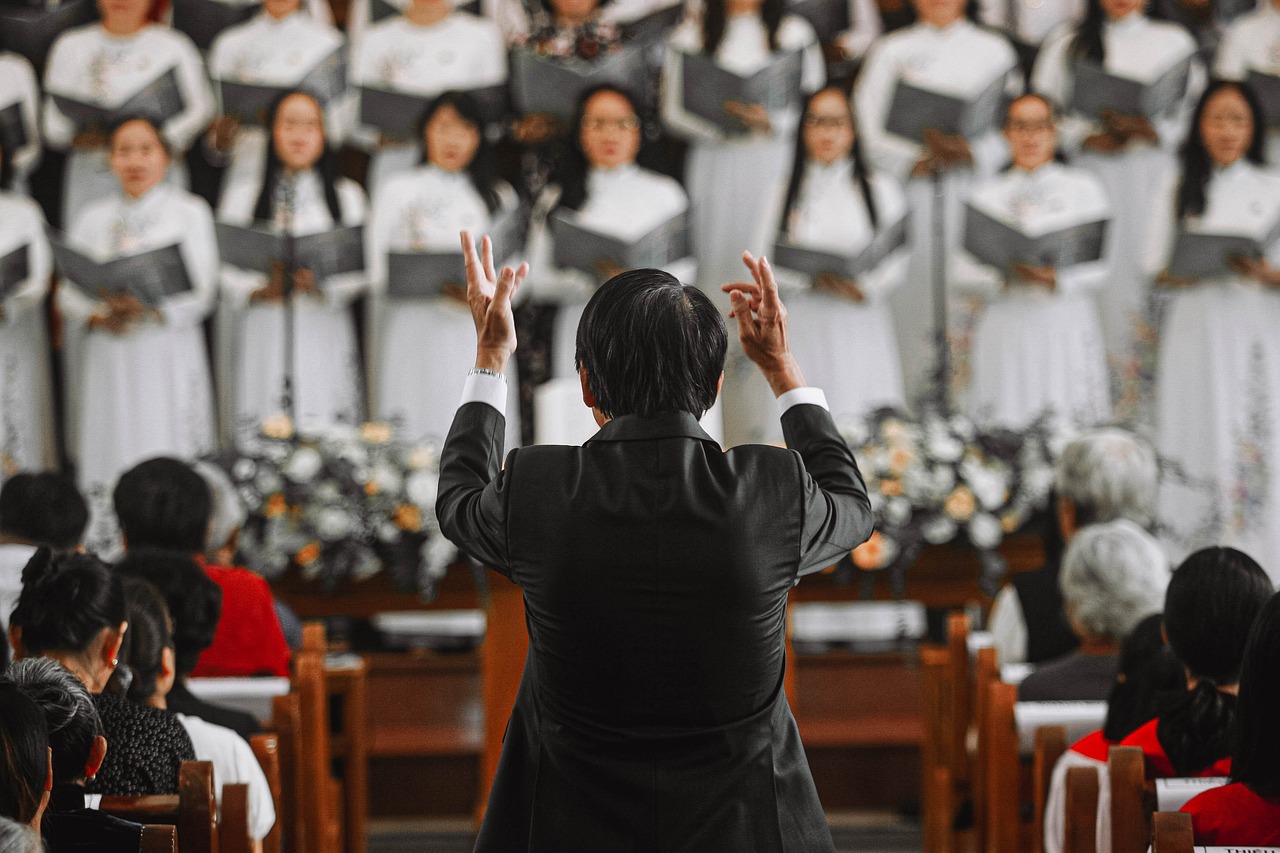
Singing hymns has been a cherished tradition passed down through generations for centuries. It holds a significant place in religious and cultural practices around the world. But have you ever wondered how this beautiful art form came to be? In this article, we will explore the origins and evolution of hymn singing, shedding light on the fascinating journey that started it all.
The Origins of Hymn Singing
Ancient Roots
Hymn singing traces its roots back to ancient civilizations, where chants and songs were integral parts of religious ceremonies. In ancient Egypt, hymns were sung to honor gods and express devotion. Ancient Hebrew texts, such as the Psalms, were also sung, serving both as prayers and songs of praise.
Influence of Ancient Greece
The Greeks played a significant role in the development of hymn singing as well. The renowned poet and musician, Orpheus, is often credited with introducing hymns into religious worship. These hymns, known as the “Orphic Hymns,” were sung in honor of various deities and were believed to possess magical and purifying qualities.
The Evolution of Hymn Singing
Early Christian Hymns
With the rise of Christianity, hymn singing took on a new meaning and purpose. The early Christian church embraced hymns as a way to express faith, share stories, and unite believers. The hymns of the early Christians were often sung in small gatherings, fostering a sense of community and devotion.
Reformation Period
During the Reformation period in the 16th century, the role of congregational singing in worship was emphasized. Martin Luther, a key figure in the Protestant Reformation, wrote hymns in the vernacular language to engage the congregation. These hymns, like “A Mighty Fortress Is Our God,” became anthems of faith and were instrumental in spreading the teachings of the Reformation.
Influence of the Great Awakening
In the 18th century, the Great Awakening revival movement in North America brought about a renewed interest in hymn singing. Revival meetings and camp gatherings became the perfect platforms for congregational singing. Preachers like George Whitefield and Charles Wesley wrote hymns that touched the hearts of many, igniting a passionate enthusiasm for hymn singing.
Modern Hymn Singing
Hymnals and Church Music
As hymn singing evolved, hymnals were compiled, serving as collections of hymns for public worship. These hymnals, often organized by themes or liturgical seasons, became an essential part of church services. Hymnals allowed for a wide variety of hymns to be shared and preserved, ensuring their continued use in congregational worship.
Contemporary Hymns and Gospel Music
In recent years, contemporary hymns and gospel music have gained popularity. These hymns often incorporate modern musical styles and instrumentation while retaining the rich theological content of traditional hymns. Artists like Chris Tomlin and Hillsong have contributed greatly to the resurgence of hymn singing among younger generations.
Conclusion
From ancient chants to modern hymns, the tradition of singing hymns has stood the test of time. It has provided solace, inspiration, and a means of worship for people across cultures and generations. As we continue to sing hymns, we carry forward a legacy that began with the faith and creativity of our ancestors. So, the next time you join in hymn singing, remember the deep-rooted history behind this cherished practice.